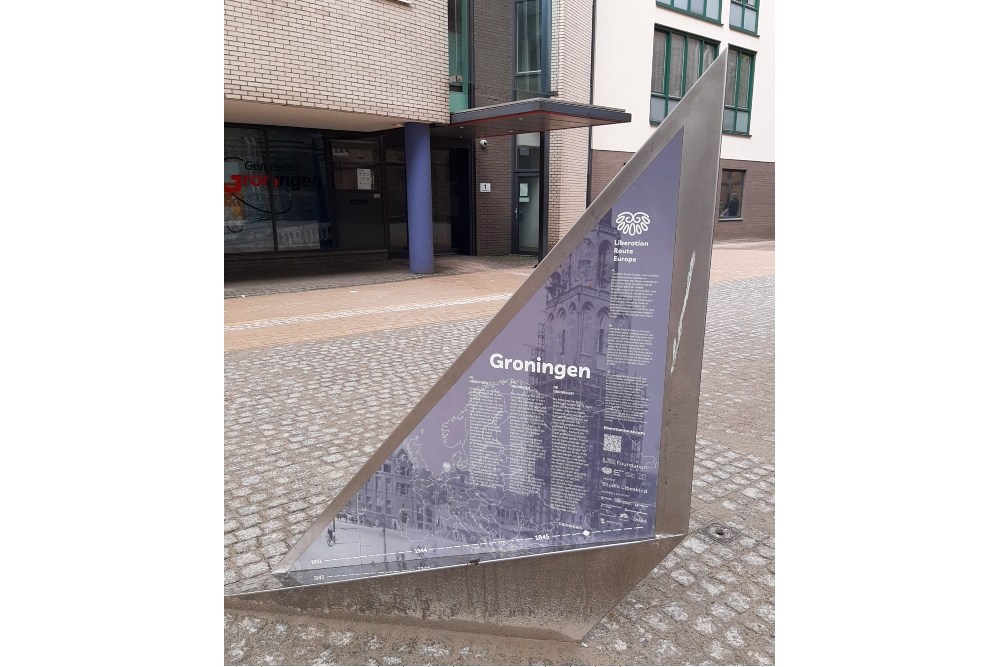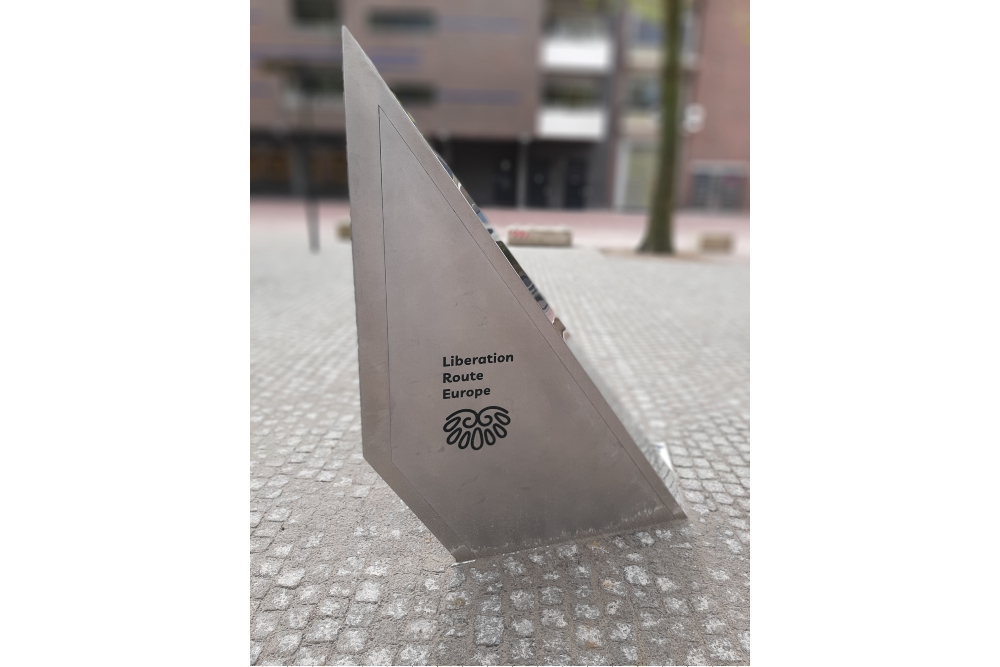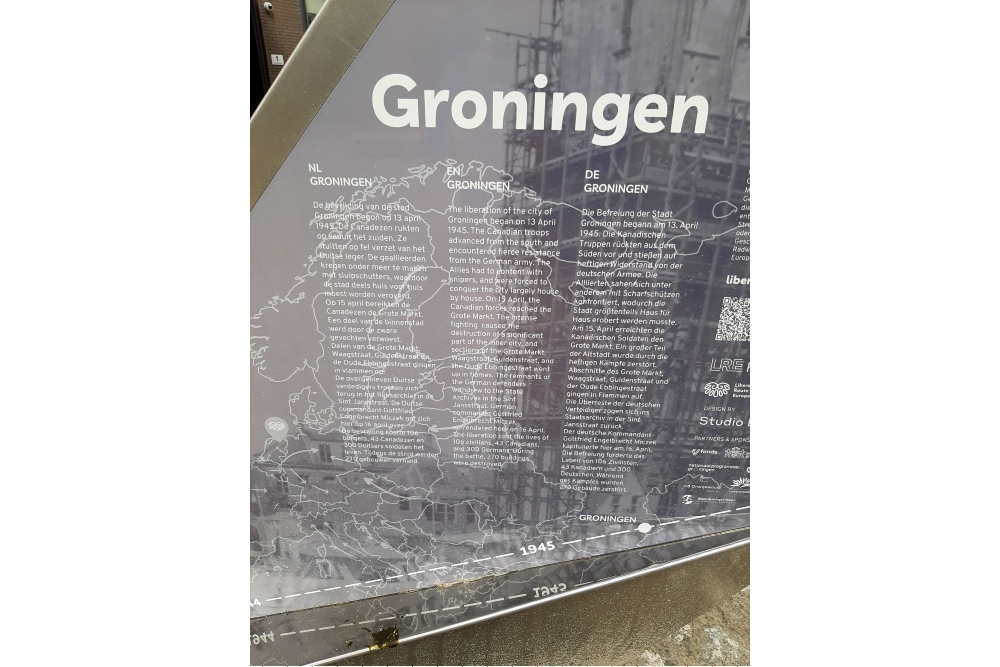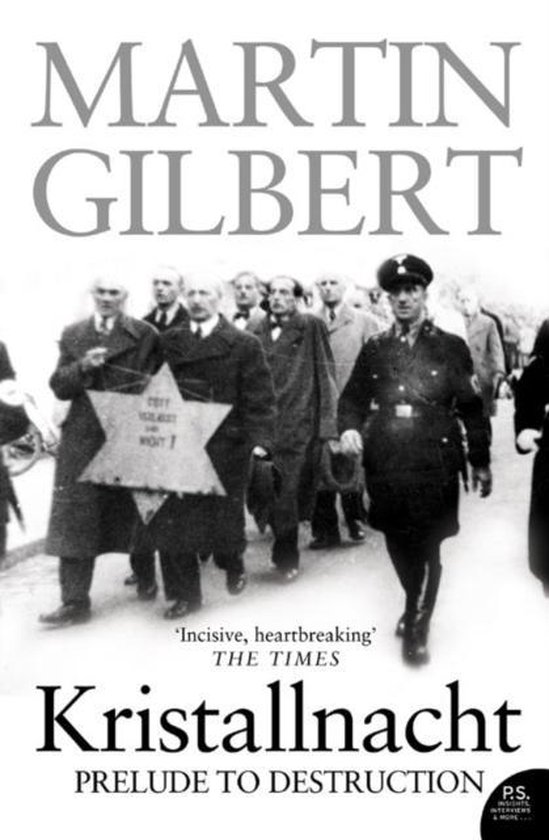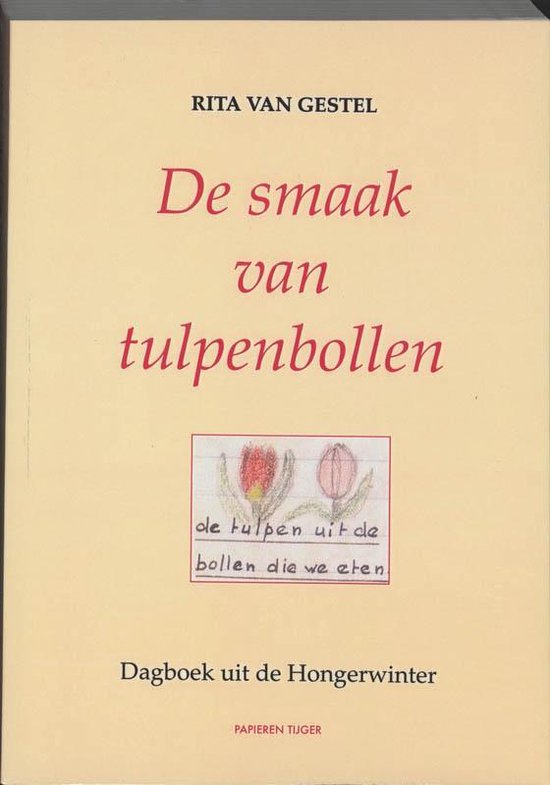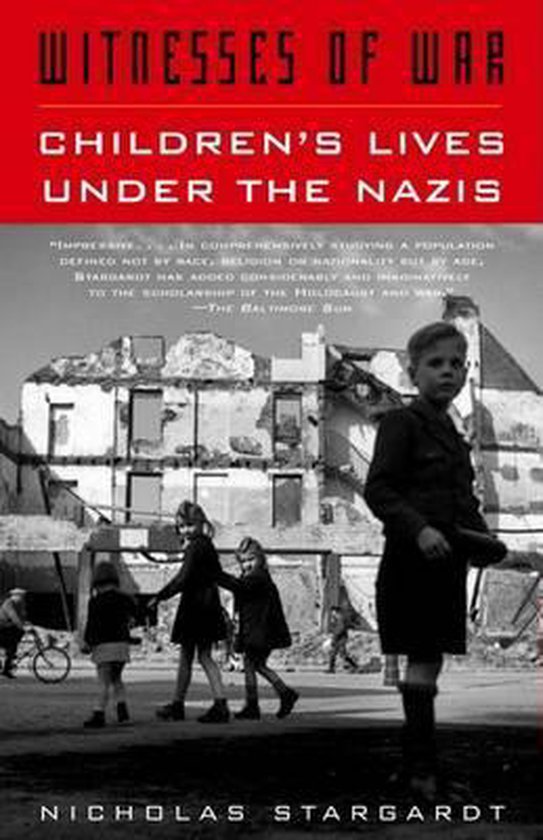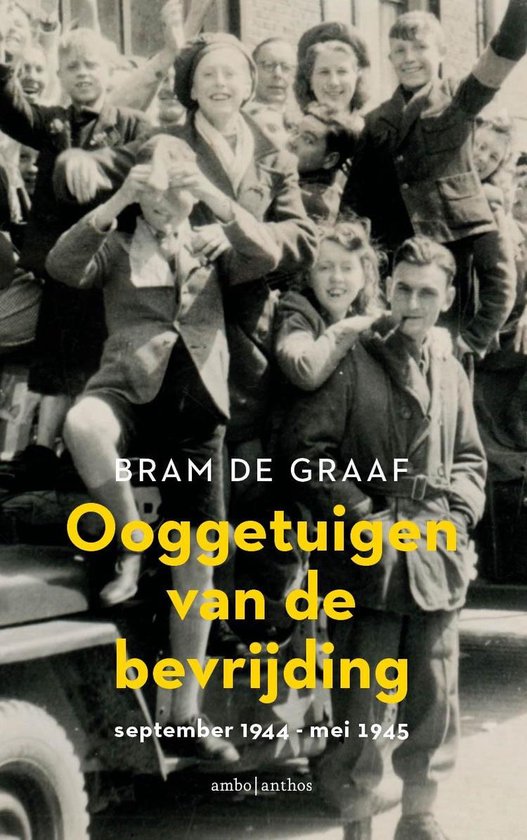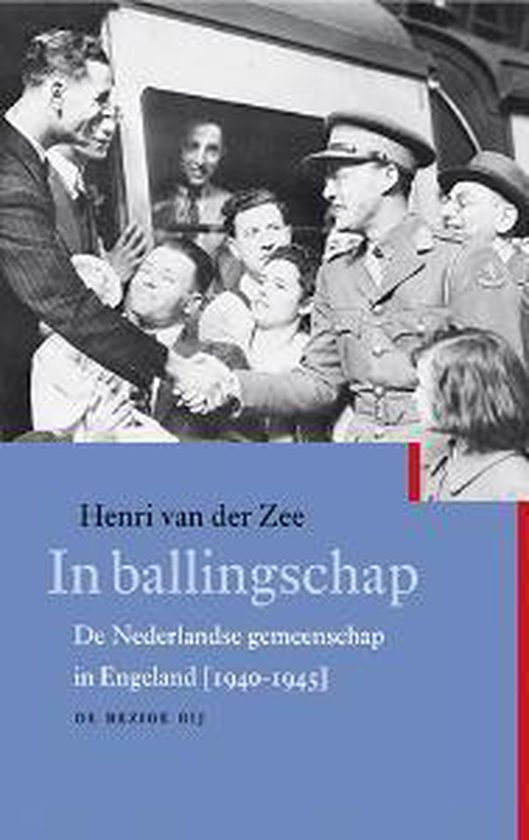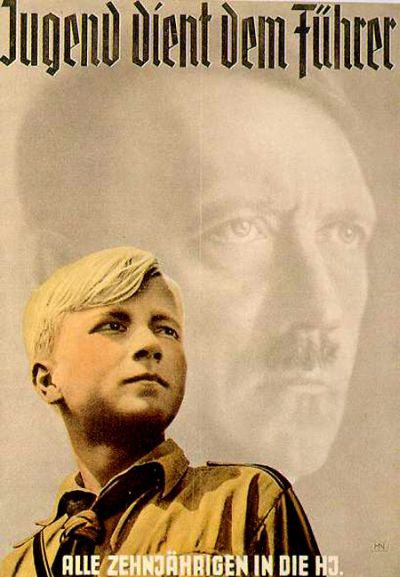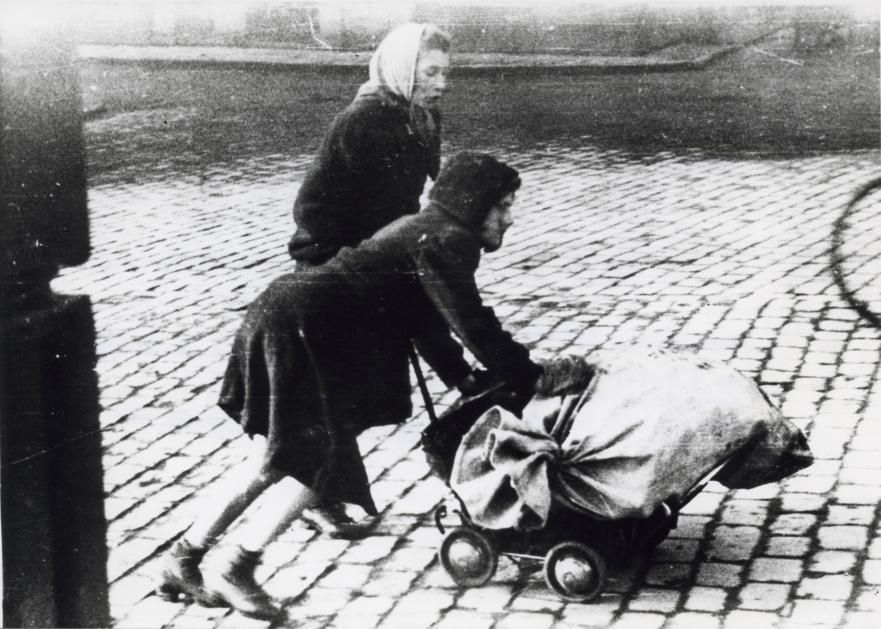Vector of Memory: The battle for the Grote Markt
The battle for the Grote Markt
On Sunday afternoon, the entire city center south of the Grote Markt in Groningen was liberated by the Canadians. Canadian tanks fire from positions around the Herestraat, Gelkingestraat and Oosterstraat on the east and north sides of the Grote Markt, where the Germans resisted fiercely. Ten tanks from Fort Garry Horse attack the Germans via the Kromme Elleboog in the flank. Meanwhile, many fires rage in the city, caused by Canadian or German shelling.
Not only the buildings on the Grote Markt are on fire, there is also a conflagration on both sides of the Oude Ebbingestraat, destroying twenty shops. The fire destroyed almost the entire eastern side of Ebbingestraat until Jacobijnerstraat was destroyed. In Groningen, the liberators have to deal with Dutch SS men who have dressed up as civilians and unexpectedly attack the Canadians. One of them is caught trying to start a fire.
Around 8.30 pm the Canadians give the Germans at the Grote Markt an ultimatum via a loudspeaker: they have another half hour to surrender. The Germans do not react and at 9 pm the Canadians fire on the north side of the Grote Markt. The Germans retreat to the State Archives and the Martinikerkhof. During the night, the Germans also withdrew to the provincial house. In the morning they open fire on the French-speaking battalion Les Fusiliers Mont-Royal, who are trying to capture the Grote Markt. Shortly thereafter, tanks from the Fort Garry Horse arrive and shell the Martinikerkhof. Despite the hopeless and useless nature of the situation, the Germans still set up a defense in the Prinsentuin. Dozens of civilian refugees from the city center who have sought safety here flee to the Martinikerk. For inexplicable reasons, however, the mood among the Germans suddenly changes: they surrender on Monday morning at 11 a.m. They also call on other units to lay down their weapons.
Canadian soldier Charles "Chic" Goodman recalls: "I reached the Grote Markt when the battle was just over. In the middle of the market lay a horse that had been shot dead. When the last shots were fired, the church bells of all churches in the city of Groningen could be heard. Several civilians came out and ran to the horse with knives to cut off pieces of meat. The next morning there was nothing left of the horse. Then I realized how starving the people were."
Liberation Route Europe is a certified Cultural Route of the Council of Europe. With hundreds of sites and stories in nine European countries, the route links the main regions along the advance of the Allied Forces in 1943-1945.
The entire route consists of themed routes that can be travelled by by hiking, walking, cycling and car. These routes pass numerous historical and interesting sites and tell stories from a multitude of perspectives that were important in the final phase of World War II.
A separate group within the routes are the Vectors of Memory designed by renowned architect Daniel Libeskind. They form a symbolic family of landmarks that honor people, places and stories in the European landscape. The vectors are a topography of memory. They act as points in both space and time and connect to the liberation story. It is important that the markers convey a clear and powerful message.
There are 4 types of vectors:
- The Remembrance Site Vector
- The Crossroads Vector
- The Wall Vector
- The Floor Vector
For more information on the Vectors of Memory see the Liberation Route Europe site: https://www.lre-foundation.org/vectors-of-memory/.
The routes can be found on the website of Liberation Route Europe or in the app through which many stories can also be listened to.
The routes can be found on the Liberation Route Europe website or in the app through which many stories can also be listened to.
Do you have more information about this location? Inform us!
Source
- Text: TracesOfWar & Liberation Route Europe
- Photos: Bert Deelman
- https://historiek.net/bevrijding-van-groningen-april-1945/41923/
Related books
Nearby
Point of interest
- Commemorative rug N.V.E.P.G - Groningen
- Bullet Impacts Martini Tower - Groningen
- Location Regional Quarter Nationale Jeugdstorm - Groningen
Monument
- Memorial Sint Joris and the Dragon - Groningen
- Memorials Scholtenhuis - Groningen
- Memorial Officials Province of Groningen - Groningen
Cemetery
- Dutch War Graves Zuiderbegraafplaats - Groningen
- Commonwealth War Graves Groningen - Groningen
- Dutch War Graves Northern Cemetery - Groningen
Remembrance Stone
- Stumbling Stones Schuitendiep 1b - Groningen
- Stumbling Stones Oosterstraat 36a - Groningen
- Stumbling Stones Oude Kijk In Het Jatstraat 8 - Groningen
Fortification
- German Shelter Suikerunie Factory - Groningen
- German Tobruk Bunker Suikerunie Factory - Groningen
- German Bunker Haren - Haren
